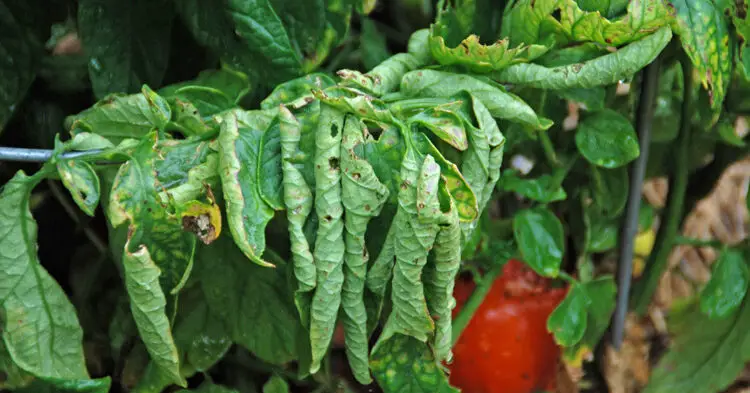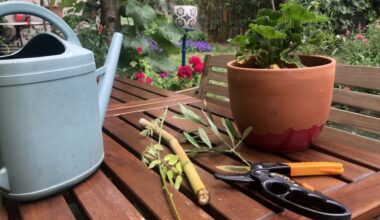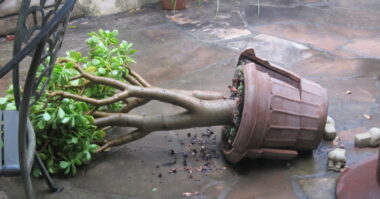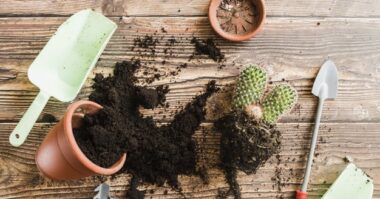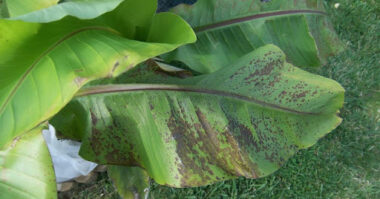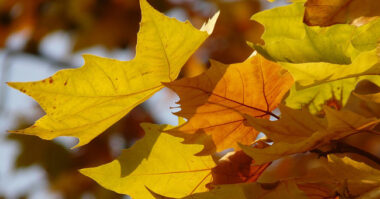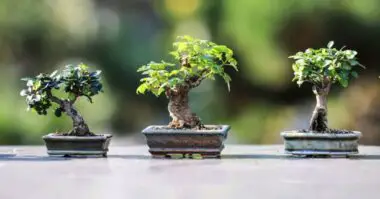You have already noticed that sometimes the foliage of your tomatoes tend to droop, the leaf is then turned inwards. This can be due to the heat which is already very early or simply because of a physiological disease. This is why tomato leaves droop! We explain how to remedy this phenomenon.
Contents
How do I know if my tomato plant is diseased?
If you notice that at dusk, the foliage opens as if by magic, don’t panic! It is simply a natural mechanism in reaction to heat. It is observed that this phenomenon generally happens when your plants are grown in greenhouses or when they are planted outdoors and are subjected to the strong heat of the climate.
If the leaves of your tomatoes remain drooping even in the evening and at night, then it is probably due to water stress or because your tomatoes are planted in a clay soil.
These are the two main causes of leaf dropping disease. The first is caused by watering the tomato plants too repeatedly or too irregularly, while the second causes a lack of calcium. The foliage will therefore remain constantly curled up on itself.
How can I cure my tomato plant?
In general, the cause of winding disease can be summarized as an irregular water supply.
Leaves droop (starting with the lower leaves) and become “brittle” (another way of distinguishing the disease from simple thermal curling). They do not open in the cool of the evening.
But the reasons for this irregular feeding can be multiple and even “opposite” (too much or too little water):
- Watering too far apart (especially in light soil that retains little water);
- Watering too frequently or too heavily in heavy soil, which by its nature tends to suffocate due to excess water. This phenomenon is frequently observed following particularly violent thunderstorms. If you have a heavy soil, it may be necessary to ensure good drainage…
- Severe pruning of the tomato plants, resulting in an imbalance between the high absorption capacity of the roots and the reduced foliage, which will result in excess water in the foliage (this is another good reason not to prune tomato plants, as I recommend).
Leaf drooping disease will generally have little impact on your crops.
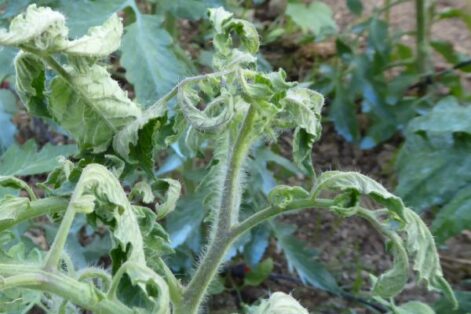
However, when the leaves droop on themselves, the fruit becomes less protected from the sun’s rays, which can potentially cause burns on the tomatoes .
Also, to limit this disease as much as possible, it is important to mulch and water as regularly as possible (which does not mean as often as possible … we are talking about regularity): you can start on the basis recommended above and gradually adapt your watering frequency according to your observations.
If, on the other hand, you think you have watered too much (see also in relation to the frequencies and quantities indicated above), stop watering for a while (the leaves should eventually return to normal); afterwards, try to reduce your watering frequency, again gradually.
Other sources of tomato leaves drooping (rarer)
To complete our overview of this winding phenomenon, let us point out other possible causes:
- An excess of nitrogen (ensure balanced fertilization)
- Or injuries to the roots due to poorly controlled hoeing (yet another reason to mulch!).
- Aphids can also cause tomato leaves to droop… a particular curl since we can also observe a shrinking of the leaves (which is not the case for us today). But this is another subject dealt with here…
- A viral disease… in this case, apart from the drooping leaves, one can make various observations depending on the virus: the new shoots develop badly and seem to be affected by “dwarfism”, the plant is devoid of terminal buds, the foliage takes on an abnormal color, etc… uprooting (and then destroying the plant) is then generally the wisest solution.
Summary
In most cases, the problem of drooping tomato leaves is caused by a lack of watering, or irregular watering. In concrete terms, if your plants seem to be suffering from a lack of water, gradually shorten the time between watering (by first removing a day without watering, but not 3 or 4 at once).
